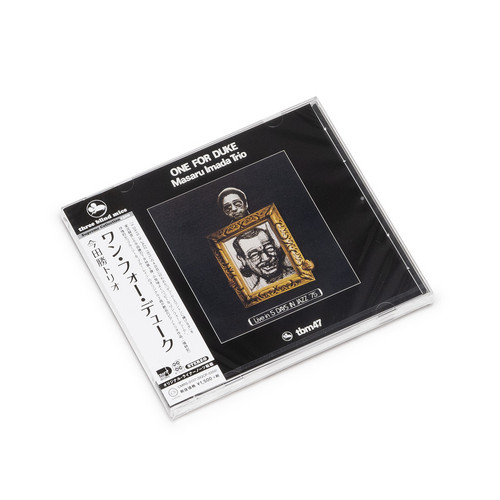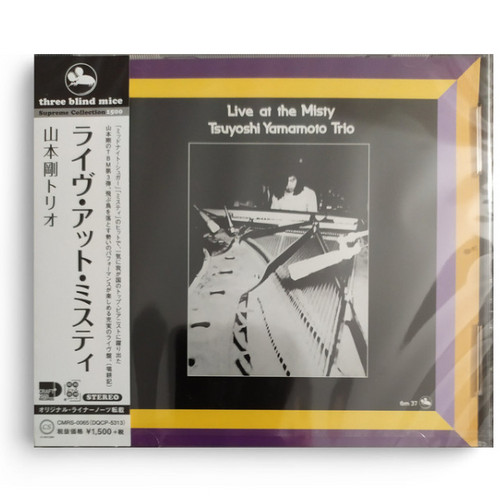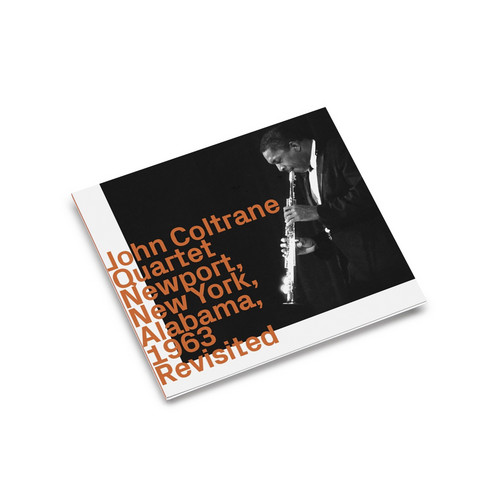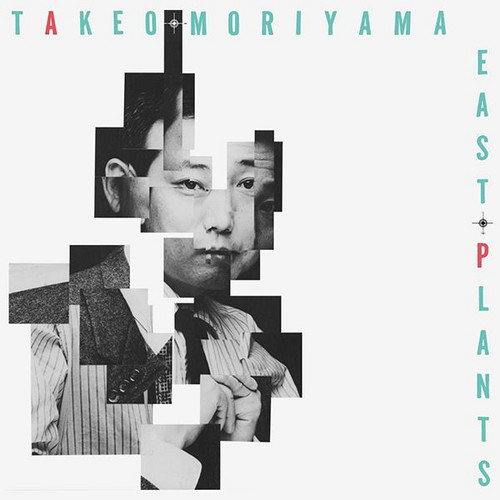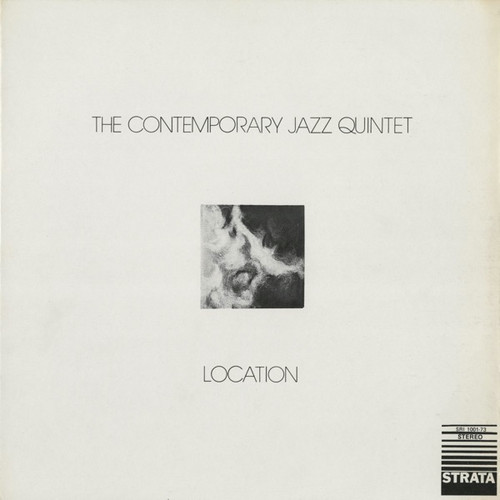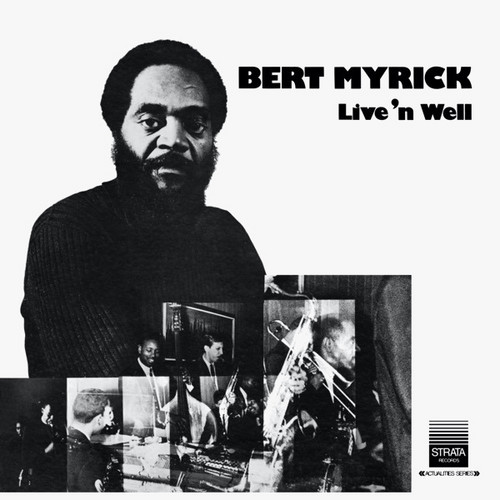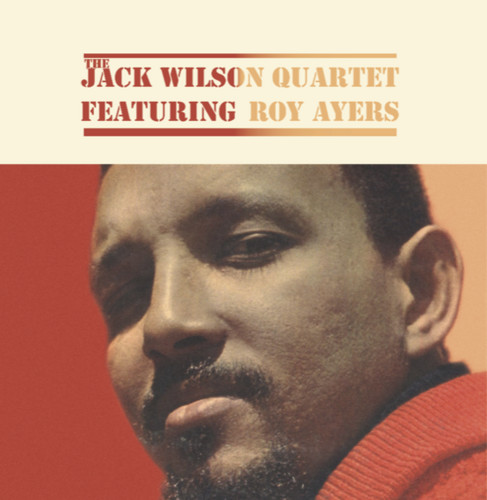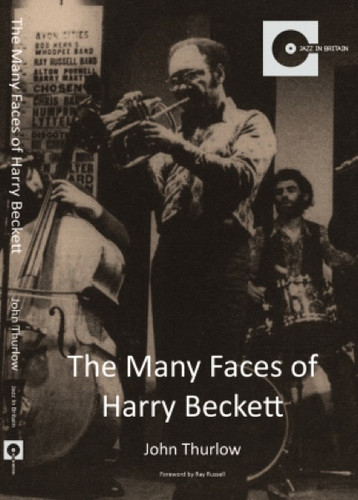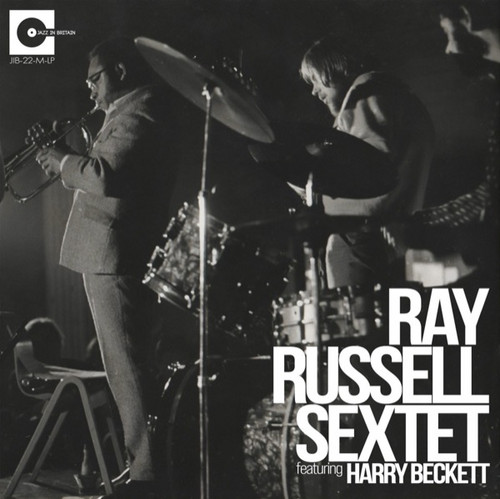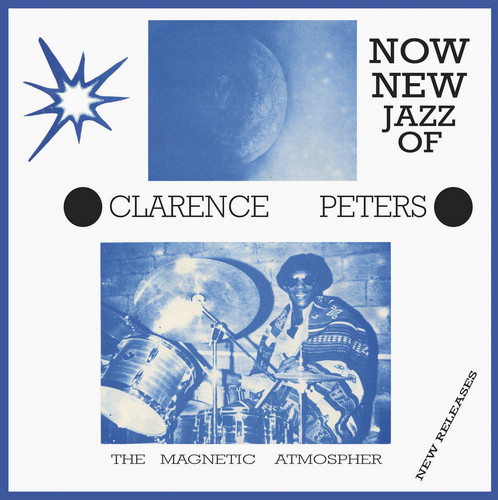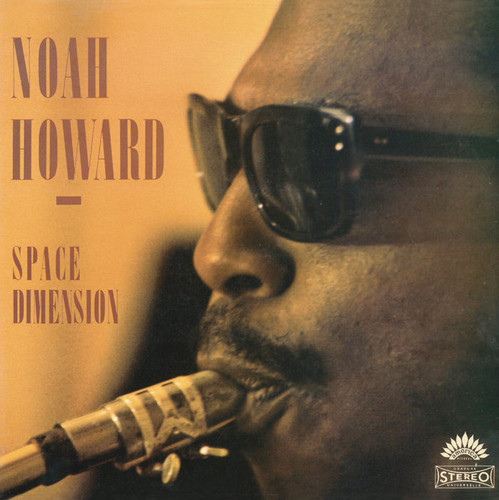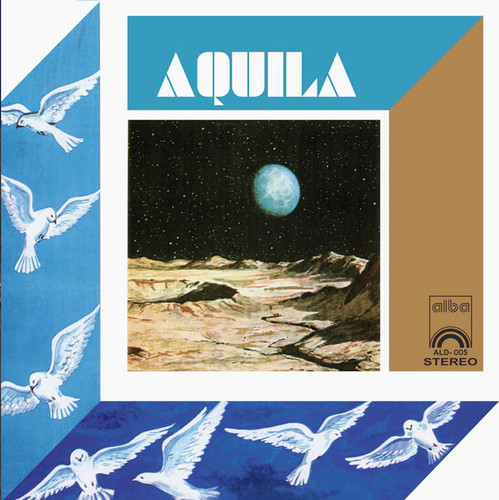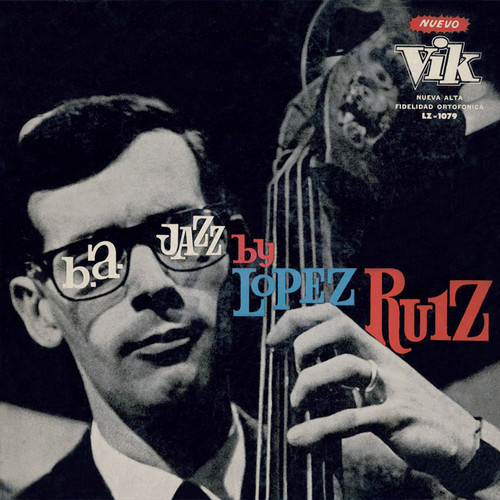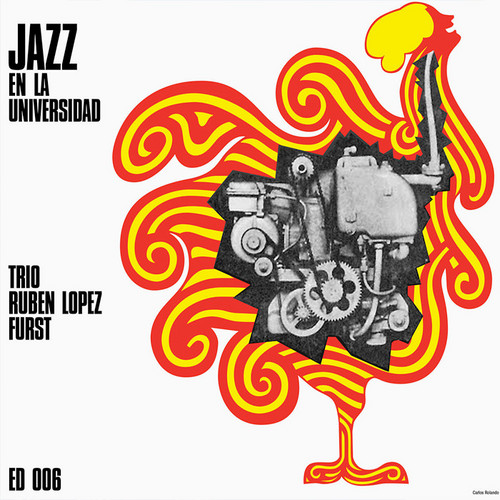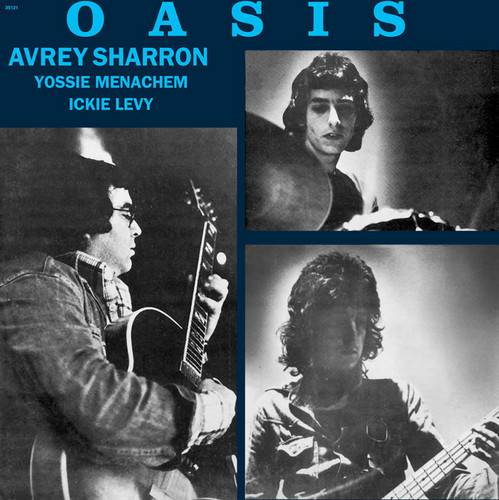Jazz /
One For Duke
** In process of stocking ** Craftman records presents One For Duke by Masaru Imada Trio. Recorded May 27, 1975. Art Direction – Ben Nishizawa, Bass – Isoo Fukui, Drums – Tetsujiro Obara, Engineer – Yoshihiko Kannari, Piano – Masaru Imada, Producer – Takeshi Fujii.
Mandala
** Strictly limited to 500 copies ** Jazz In Britain presents Mandala by The Mike Taylor Quartet with extensive liner notes by Duncan Heining. Recorded live by Jon Hiiseman on Friday, 8th January 1965 at the Studio Club, Westcliff-On-Sea, Southend. Previously unheard. These are the only known live recordings of the The Mike Taylor Quartet.
Mike Taylor – pianoDave Tomlin – soprano saxTony Reeves – bassJon Hiseman – drums
Live at the Misty
** 2021 Stock. In process of stocking ** Craftman Records presents Live At The Misty by Tsuyoshi Yamamoto Trio. Recorded live on December 25, 1974. Tsuyoshi Yamamoto: Grand Piano, Akira Daiyoshi: Ac-Bass, Toshio Osumi: Drums, Koji Moriyama: Congas.
Newport, New York, Alabama, 1963, Revisited
John Coltrane played the long game. Longevity in life wasn’t his lot; his fortieth year being his final bow. That circumscribed career, particularly in its final decade, evinced a trajectory of creative ascendancy that was as indelible to improvised music as it was omnipresent in impact. Charlie Parker arguably wears the posthumous mantle of most influential saxophonist, but Coltrane suggests a close contender in terms of ineluctable clout on those who play the instrument.
Practice and the pursu…
East Plants
BBE Music is proud to present another instalment in the J Jazz Masterclass Series: East Plants by Takeo Moriyama, one of Japan’s finest jazz drummers. A genuine ‘under the radar’ album known only to a handful of Japanese jazz collectors, East Plants is now available again, reissued for the first time as a double 180g LP, with exact reproductions of the original artwork, obi strip and insert. It also comes with the original notes fully translated. This reissue is fully endorsed by Takeo Moriyama …
Location
**In process of stocking** Following on from the welcome revival of Lyman Woodard’s classic ‘Saturday Night Special‘ and drummer, Bert Myrick’s ‘Live ’n Well’ – which features the epic ‘Scorpio’s Child’ – BBE Records continue to dig deeper into the vaults of Detroit’s Strata label with The Contemporary Jazz Quintet album ‘Location’.
Working in conjunction with 180 Proof’s Amir Abdullah BBE are poised to unearth a steady flow of hard to find or previously unheard gems from the short-lived but con…
Live ‘n Well
**In process of stocking** Rescued from relative obscurity by DJ Amir’s 180 Proof Records, BBE is delighted to present a gem from the tiny yet highly influential catalogue of Strata Records. Preceding New York’s Strata East, Detroit’s original Strata label issued only a handful of underground titles in the early 70’s, making it a ‘holy grail’ imprint among jazz lovers and record collectors the world over.
Released by Strata in 1974, Bert Myrick’s ‘Live ‘n Well’ was originally recorded by Strata …
Jack Wilson Feat. Roy Ayers
** Limited Edition of 300 Clear Vinyl ** This is Jack Wilson's debut album as a bandleader, originally released in 1963 for Atlantic label, featuring a young Roy Ayers on vibraphone, bassist Al McKibbons and drummer Nick Martinis. Jack Wilson was a fine and often underrated pianist and composer who played with many great names such as Gene Ammons, Jacki Mclean, Esther Phillips, Lou Rawls, Johnny Griffin, Ertha Kitt, Lambert Hendricks & Ross, Antonio Carlos Jobim... This is a lively studio sessio…
The Many Faces of Harry Beckett
The Many Faces of Harry Beckett is the first publication dedicated to the life and work of the legendary Barbados-born British progressive jazz trumpeter. It fulfils author John Thurlow’s lifelong ambition of creating a book which would pay a fitting tribute to his hero. Harry’s career spanned more than fifty years, encompassing thousands of gigs across the globe, and over 220 currently known recordings. His exquisite playing led to him perform with many of the world’s most famous acts in a myri…
Forget To Remember: Live Vol.2 1970
**Strictly limited to 500 copies. Digipak with bonus tracks and liner notes by Richard Williams** Jazz in Britain presents Forget To Remember: Live Vol.2 1970 by The Ray Russell Sextet featuring Harry Beckett. Previously unreleased live session recorded at the Aeolian Hall 2, New Bond Street, London on the 2nd January 1970. All tracks from the Ray Russell tape archive.
The Magnetic Atmospher
We're delighted to announce the reissue one the most sought-after European private press spiritual jazz albums: The Magnetic Atmospher by Clarence Peters Quartet. Never reissued in its entirety before, The Magnetic Atmosphere is a solid album of deep, post modal spiritual jazz that will appeal to fans of the Strata East, Tribe, and Black Jazz labels. Resident in France since the 1970s, drummer Peters recorded the album with a French rhythm section: Patrick Gauthier on piano, and Jean-Jacques Ave…
Near And Far East
Original artwork tip-on 700 gram cardboard. Black polylined innersleeve. Insert sheet Q&A with Lloyd Miller by Tony Higgins + original archive pictures on 350 gram Bristol paper. Made with the intention of exploring and experiencing the various musical and cultural perspectives of a territory as vast as that of Persia, "Near And Far East" is a significant historical document that transcends the restrictive concept of territory but rather inhabits a space of absolute time. The album's content is …
Did You Tell Your Mother
Heavyweight Vinyl / U.S.A. Original Glued Prints on Thick Cardboard / handily gluing / Original Black and White Private Press artwork. If ever there was a post-war country that needed the freedom sounds of jazz, it was South Africa. A state that was so explicitly racist, it could make 1920s Mississippi look like a rainbow nation of multicultural joy. The policy of apartheid was a political and social system established in South Africa in 1948 during the era of white minority rule. The word itsel…
Peace
**2021 stock. In process of stocking** Heavyweight Vinyl,Vinyl Only / Black Vinyl / 400 mcn paper / Original poster insert printed on 250 mcn.Danish jazz band founded in 1969. Band line up: Henrik Hove on bass, Ole Mathiessen on piano, Jesper Nehammer (later Thors Hammer, Alrune Rod and Entrance) on tenorsax, and Jon Finsen on drums. Played for a while every Monday in the famous Jazzhouse Montmatre in Copenhagen.
Tordenskjolds Soldater only made this record (1970).
The small record label Spec…
Space Dimension
Black vinyl / 505mcn paper / Hand Plasticization / PVC outers / original artwork / 250 copies edition. 1970 freeform jazz rarity. Noah Howard was born in 1943 in New Orleans and, like many of his contemporaries, first played music in church as a child. In his 2010 book, 'Music in My Soul', Howard reflected upon his childhood in New Orleans and the influence the city had on him: “Growing up in New Orleans was like receiving a steady diet of music, and my taste in music became increasingly more so…
Aquila
**2021 stock. In process of stocking** Ltd vinyl pressing. “3D” shaped cubic sleeve / Heavyweight Vinyl, 300 Gram White-White Double Coated Paper. Originally released in tiny numbers in Chile in 1974. The album’s opening track, ‘Alba’, bathes the listener in a warm glow of vibes and electric piano with a groove evoking the laid back soul jazz of classic Ramsey Lewis Trio. Horns build up as the track lopes along, adding a punchy rawness to the languid head nodding slo-mo funk. A change of gear as…
B.A. Jazz
Vinyl Only / Original artwork / Black Vinyl / 400 mcn paper / 30x30 cm insert with notes by Tony Higgins and graphic elaboration printed on 250 gram G.F. Smith Colorplan / PVC outers. Jorge López Ruiz is one of most versatile of musical talents to emerge from Argentina. As a bass player, composer, performer and arranger he has worked across many genres including jazz, pop as well as stage productions and feature films. Like many of his fellow artists of the late 60s and 70s, Ruiz found himself i…
Jazz En La Universidad
**2021 stock. In process of stocking** Jazz trios have an economy that makes them risky. Yet it’s that risk that makes them exciting; how to get the most out of three musicians. Trios made up of rhythm instruments – piano, drums and bass – are particularly special. In the case of Ruben ‘Baby’ López Furst, the Argentinian pianist, and the trio session for ‘Jazz en la Universidad’, that special feeling is abundant. The balance of lightness and air with muscularity and drive makes the album worthy …
Oasis
**2021 stock. In process of stocking** Heavyweight Vinyl, Original Glued Prints on Thick Cardboard 700 gram / 2 Separated parts handily gluing, PVC Outersleeve. Originally released in tiny numbers in Israel in 1977. The fascinating thing about jazz is not so much where it came from, but where it went, how it changed and how it seemed to effortlessly mix with local styles and traditions. In some ways, it’s no surprise that jazz found a fertile home in Israel. Much has been written about the conne…
Pelo De Rata
**2021 stock. In process of stocking** Heavyweight Vinyl, 300 Gram White-White Double Coated Paper, Handily Gluing, PVC Outersleeve. Originally released in tiny numbers in 1975 on the Promusica label, ‘Pelo de Rata’ was the debut outing for a considerable talent in South American jazz, Matias Pizarro. A pianist and composer of some skill and flair, his output sadly falls far short for someone who exhibits such a natural ability to conjure up such an idiosyncratic style of jazz, replete with thou…
